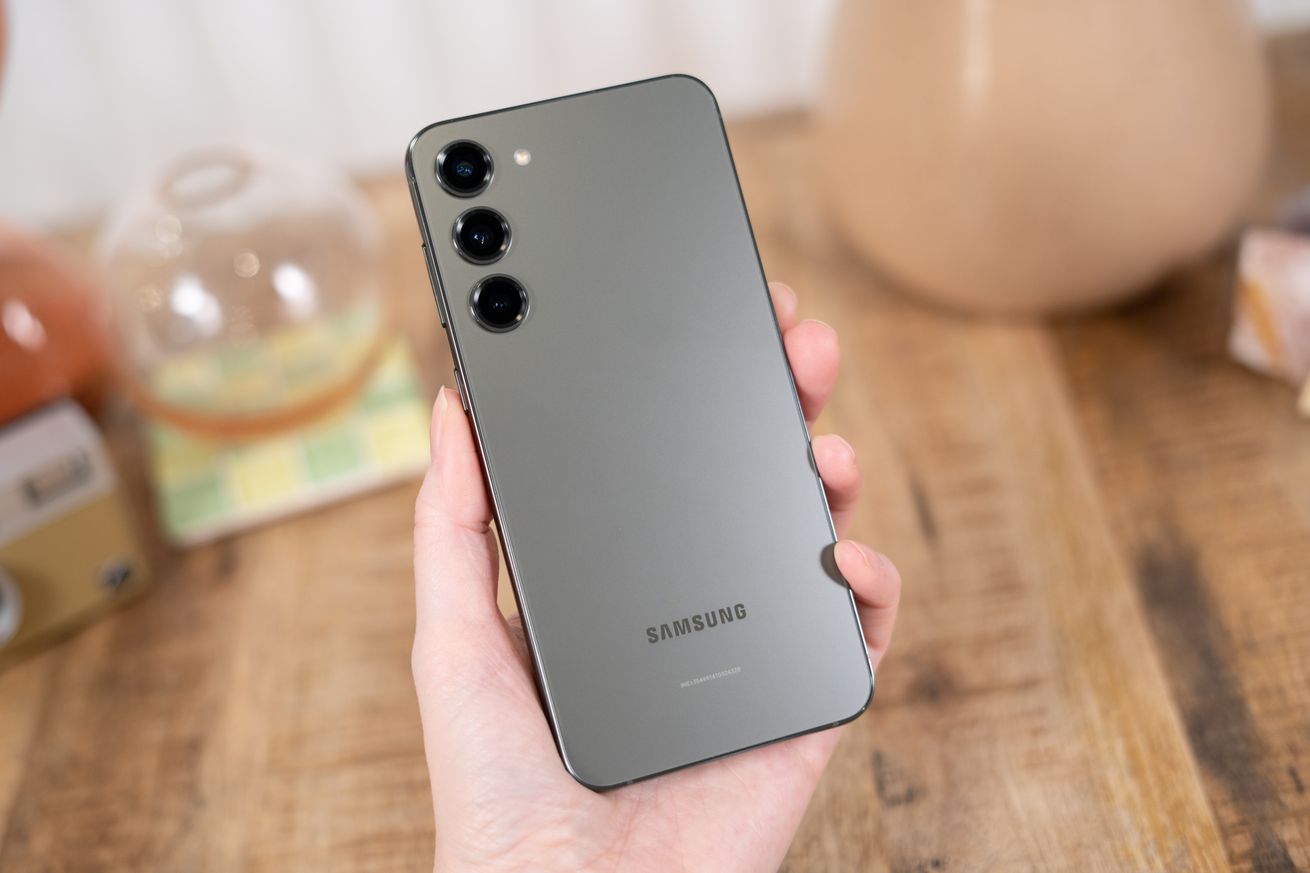
Where are the satellites, Samsung?
When Qualcomm announced its Snapdragon Satellite tech that will let Android phone makers compete with Apple’s Emergency SOS via satellite, I was almost certain we’d see the feature on Samsung’s then-upcoming S23 phones.
I mean, why wouldn’t we? Qualcomm said the feature would be available this year for phones using its Snapdragon 8 Gen 2 processor, and Samsung is launching the first big Android flagship of 2023 with that processor — surely, it’ll build in this potentially life-saving functionality, like analysts have been predicting for months.
And then Samsung’s Unpacked event came and went, with no mention of satellite messaging at all, and CNET posted an interview with TM Roh, president and head of Samsung’s mobile experience business, where he says this about the tech: “when there is the right timing, infrastructure and the technology [is] ready, then of course for Samsung Galaxy, for our mobile division, we would also actively consider adopting this feature as well.”
I’m sorry, what universe am I in? Samsung, which has a storied history of cramming its phones full of features as soon as possible, is saying “we’ll wait until the tech is ready,” while iPhone users are already using it. (Okay, technically, a similar version of it; Qualcomm’s tech will use the Iridium satellite network, while Apple’s partnered with Globalstar. There are differences, but they both enable you to send messages when you’re not near a cell tower.)
Roh continued, saying that he doesn’t believe being able to message via satellites “is the end-all or be-all of the solutions to ensure peace of mind among users.”
This feels like a very strange take to me. Sure, there are absolutely limits to satellite connectivity; it gets a lot more sketchy if you’re surrounded by trees, which is, you know, where a lot of outdoor recreation happens, and the information you send can be quite limited.
And even if you’re standing under an open sky, sending a message may require doing a bit of a dance to get your phone pointed at a satellite — something that’d be difficult if you were having a serious medical emergency. But there are also plenty of emergency situations where those limitations wouldn’t be a concern and where the tech could genuinely save someone’s life.
Since the iPhone 14 launched, we’ve seen at least five people rescued after contacting emergency services via satellite, with each incident prompting a slew of news stories. Search and rescue operators have called the feature a game-changer. It’s hard to imagine any ad campaign more effective than the coverage Apple is getting, and Samsung is just… not competing here.
Remember Apple’s three-minute “Dear Apple” video from last fall’s event? It feels certain that the company will line up a similar reel for its next mobile event, featuring people who had satellite connectivity save the day. It just doesn’t feel like Samsung to cede any ground, no matter how rare an occurrence is required. And I don’t think people talking about how they were able to take a picture with the Ultra’s 200MP camera, or how their S23’s battery lasts a little longer than the S22’s did, will make for a very compelling video.
Will anyone but me care?
I realize I may be over-indexed on how much the general population cares about off-the-grid communication as someone who both covers connectivity for a living and spends a lot of time away from cell coverage doing dangerous things. (That last part was a joke, mom.) But I do think this feature is going to be a notable absence on spec sheet comparisons, especially if other Android phones start releasing with Qualcomm’s tech, which it said should be launching in the second half of 2023.
I realize that might seem like an obvious explanation for why the S23 seemingly can’t talk to satellites; Samsung didn’t include the feature because it’s not ready yet. But as far as I can tell, Qualcomm’s making use of hardware that’s available today, so Samsung could’ve built that in and said that satellite messaging would be coming via a software update later this year. (I’ve asked Qualcomm if that’s possible and will let you know if I hear back.)
Also, remember, Roh didn’t say that Samsung couldn’t build it in — he more or less said that it just wasn’t interested right now. That’d be a strange response if the tech truly isn’t available yet.
Even if Snapdragon Satellite is never available on the S23, there is a chance the phones will be able to talk to satellites in the future. Companies like T-Mobile, SpaceX, AST, and Lynk are promising satellite connectivity that uses normal 5G spectrum rather than dedicated hardware like Apple and Qualcomm’s solutions. While those likely won’t be commercially available for a while, it does at least mean that more people could be able to get the word out in future emergency situations. But Samsung is trying to sell phones now, and it just gave some of its biggest competitors a distinct advantage.

